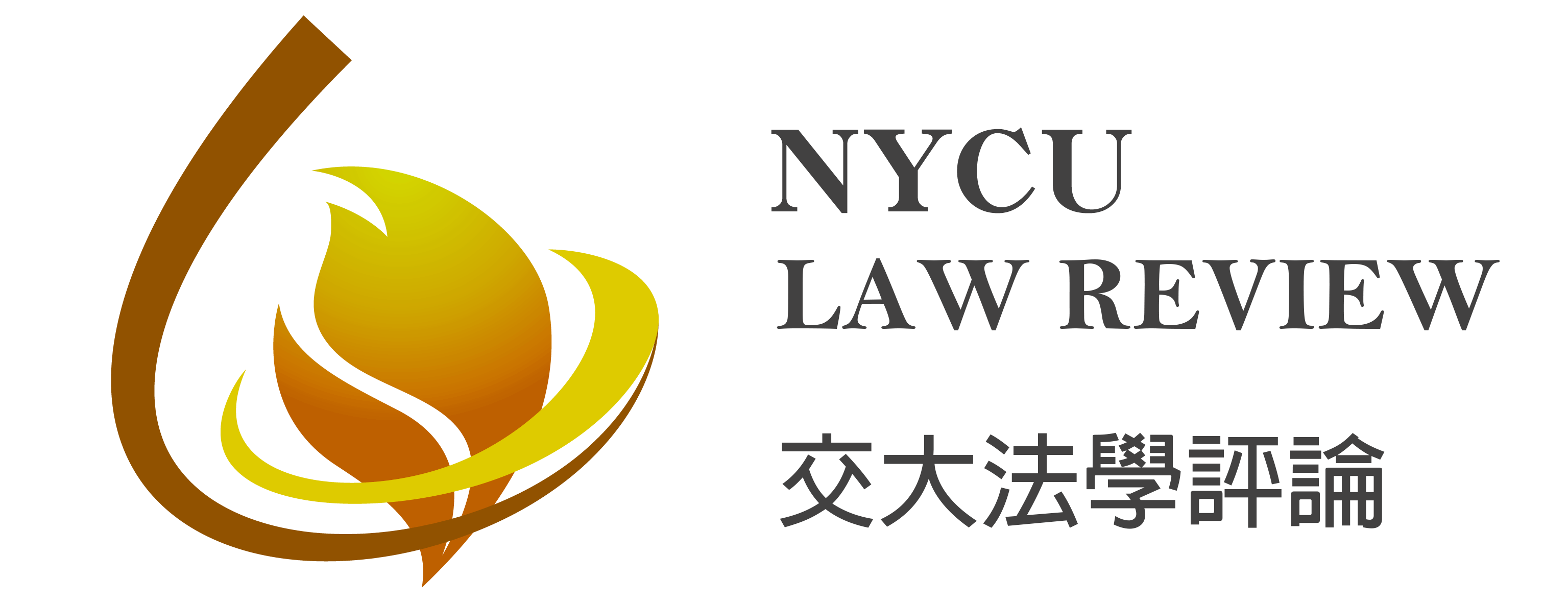| Title | |
| An Empirical Study on the Damage Award of Patent Infringement in the U.S., Taiwan and China | |
| Author | |
| Jun-Kai Wang, Wen-Chieh Wang, Yau-Kan Lee, Chun-Hsien Chen, Chien-Hung Chen, Shang-Jyh Liu | |
| Keywords | |
| empirical study, patent infringement, patent litigation, damage award, lost profit, reasonable royalty | |
| Abstract | |
| This paper performs an empirical study on the regulatory frameworks and practical measures of the court decisions of patent damages among US, Taiwan and China. The basic principles employed in assessing patent damages seem similar among the above jurisdictions. Nevertheless, the outcomes of court decisions vary significantly due to the burden and standard of proofs of losses suffered by the patentees. Since 2000, the approach of reasonable royalty has overtaken the lost profit as the dominant measure of damage awards in the U.S. 65% of awarded damages were based on the measure of reasonable royalty, as contrast to 83% of lost profits during 1980 to 2000. It is also found that the difficulties of proving the amount of actual loss of patentees, as well as the cause-effect relationship directly caused by the infringing conducts, the damages decided by the courts of Taiwan and China are in general much lower than expected. In China, most of the compensations are determined with the statutory damages ranged from RMB 5,000 to 500,000, and more than 98% are lower than RMB 300,000. It is concluded that: (1) Court decisions indicate the differences of the legal infrastructures, |
|
| Abstract | Article |
|
307 Downloads |
533 Downloads |
